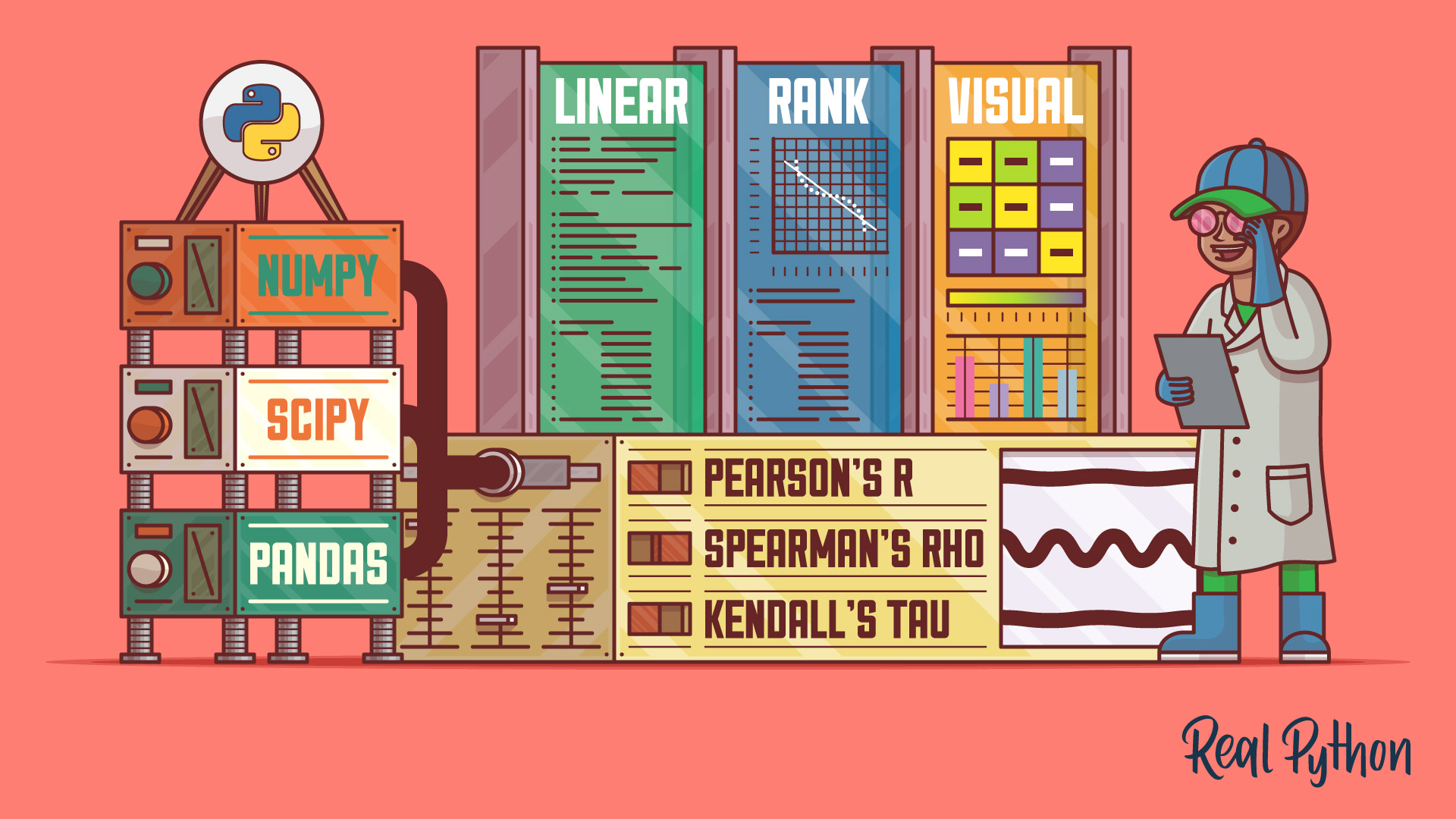
(3) In the covariance analysis, variables that have similar variance tend to load more similarly on the same factors. (2) The variables' factor loadings obtained from the covariance matrix reflect an amalgam of both (a) the factor structure obtained from the correlation matrix and (b) the differences in the variances of the variables. Several points can be noted: (1) The factors that emerge are usually quite similar, but not always, as judged by the correlations of the column vectors of factor loadings and by the congruence coefficients between the factors. So I have tried factor analyzing RT data on a few covariance matrices to find out how the results differ from those obtained by analyzing the standardized covariances, i.e., correlations. But I have not come across an instance of its use in RT research. RT, being a ratio scale, which is the highest level of measurement, is one of the few variables in psychological research that could justify the use of covariances instead of correlations in a factor analysis or components analysis. It makes no sense to factor analyze a covariance matrix composed of raw-score variables that are not all on a scale with the same equal units of measurement. The Pearson correlation coefficient is simply the standardized covariance, i.e., Cov XY = /N Correlation r xy = Cov XY/σ x* σ y. It should be noted that RT variables are particularly well suited to the factor analysis or principal components analysis of their raw-score variance-covariance matrix rather than the correlation matrix. These results show that while green spaces have an effect on urban areas, this effect is significant in terms of a reduced negative sentiment, but not significant in terms of an increase in positive sentiments.

00655 for sadness), while joy is positively correlated ( P < 0. Table 6.5 shows that anger, anticipation, fear, sadness, and trust are negatively correlated with green space proximity ( P < 0. 00,017), but none for positive sentiments.

0001) and a significant positive correlation between sentiment polarity and green space proximity ( P = 0. The results ( Table 6.4) show a significant negative correlation between negative sentiments and green space proximity ( P < 0. The bold numbers indicate a statistically significant correlation. R XY = 1, the dependent variable Y is perfectly correlated positively with the independent variable X.Ġ.8 0.70 and very satisfactory when r XY > 0.85.


 0 kommentar(er)
0 kommentar(er)
